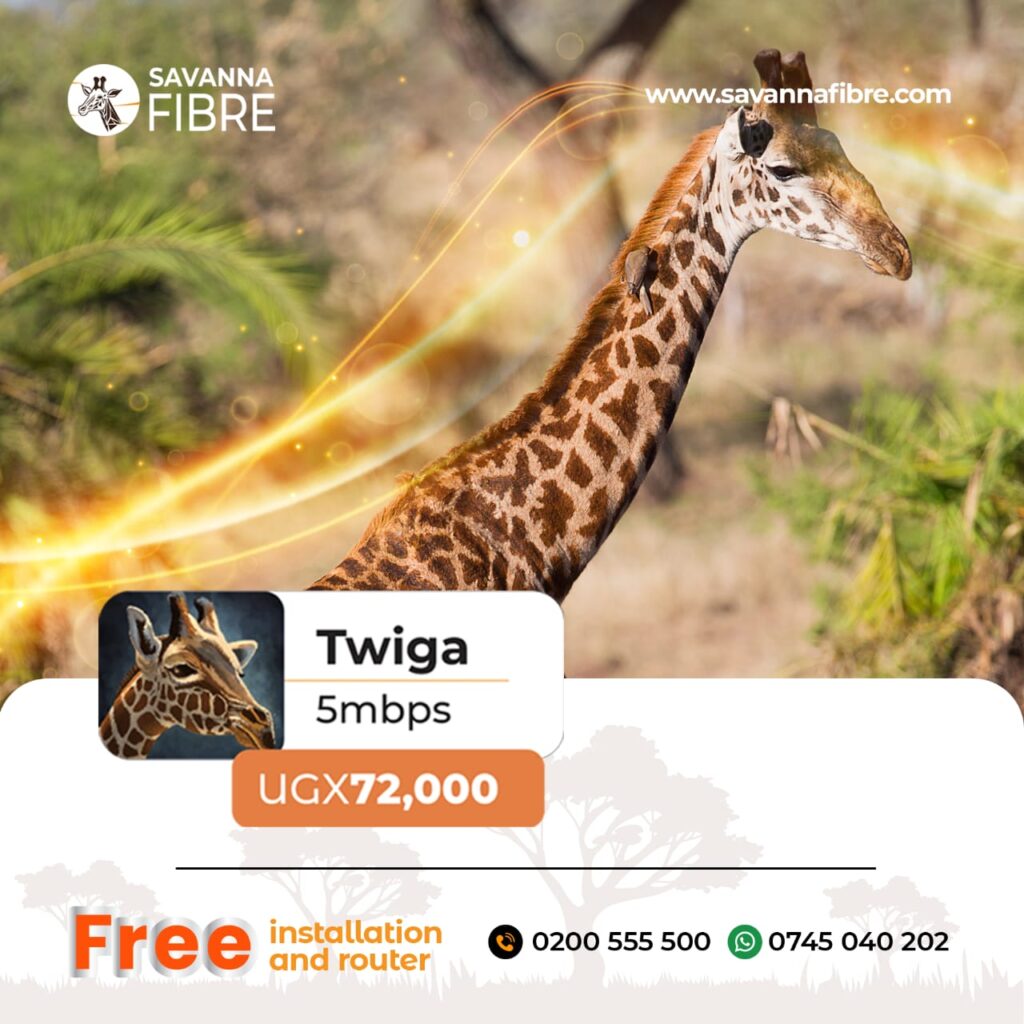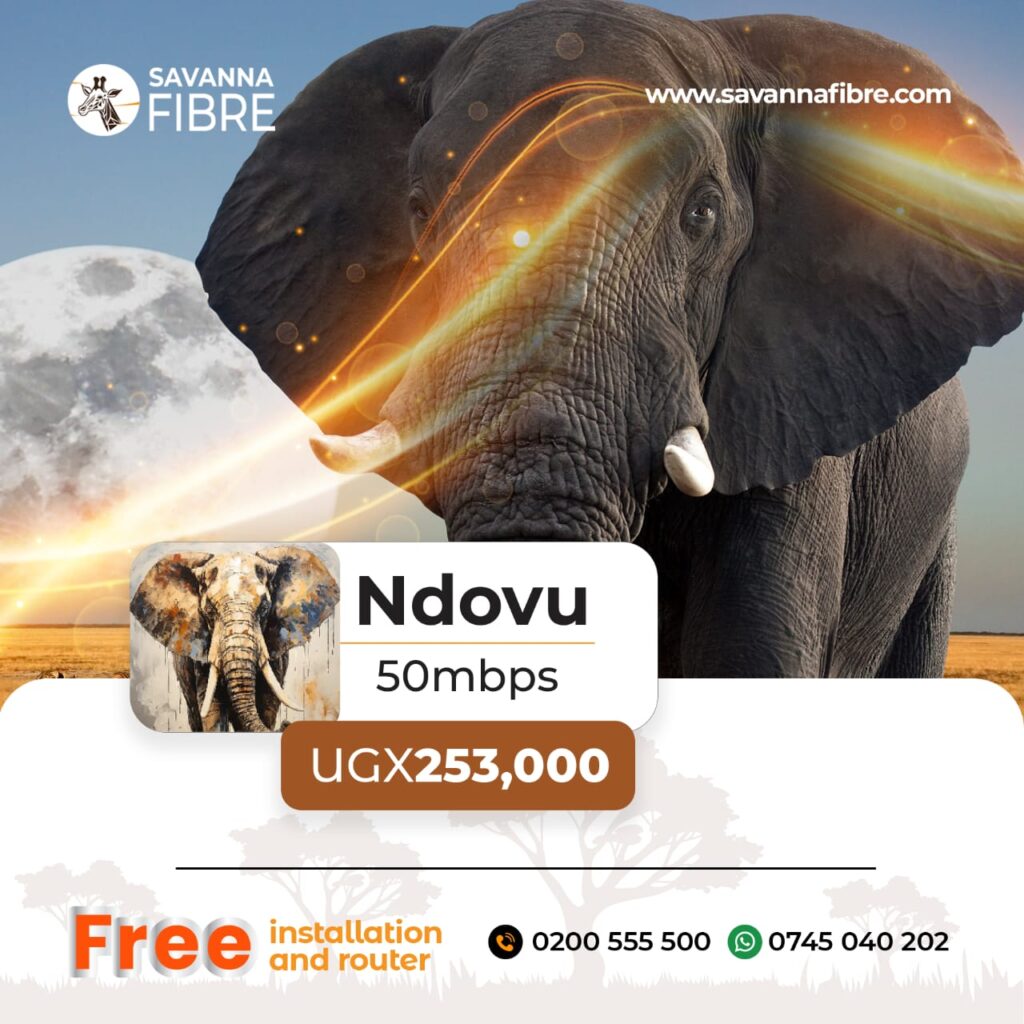In today’s digital age, internet connectivity is the backbone of our daily lives, powering everything from remote work and entertainment to communication and education. However, not all internet speeds are created equal, and choosing the right one can make a world of difference in your online experience. Let’s explore where different speeds, ranging from 5Mbps to 50Mbps, can be most compatible, ensuring that you get the most out of your internet connection.




5Mbps: The Essentials
At 5Mbps, you have enough bandwidth to handle essential online activities such as web browsing, email, and light streaming. This speed is ideal for individuals or small households with basic internet needs. It’s perfect for staying connected, checking emails, and browsing social media without experiencing significant slowdowns.
10Mbps: Streaming and More
With 10Mbps, you can comfortably stream standard-definition (SD) content on platforms like Netflix or YouTube without buffering interruptions. This speed is suitable for households where one or two users engage in moderate internet usage, including streaming music, video conferencing, and light online gaming.
20Mbps: Multi-Device Harmony
At 20Mbps, you can support multiple devices simultaneously without sacrificing performance. This speed is ideal for small to medium-sized households with several users engaging in activities such as HD streaming, online gaming, video conferencing, and downloading large files. It provides a seamless online experience for households with moderate to high internet usage.
50Mbps: Powerhouse Performance
With 50Mbps, you enter the realm of high-speed internet, capable of handling bandwidth-intensive activities with ease. This speed is perfect for larger households, families, or small businesses with demanding internet needs. Whether you’re streaming 4K content, engaging in online multiplayer gaming, conducting video conferences, or downloading large files, 50Mbps ensures smooth and reliable performance for all users.
Finding Your Perfect Fit
Ultimately, the compatibility of internet speeds depends on your specific usage requirements and the number of users in your household or business. Before selecting a speed tier, consider factors such as the types of online activities you engage in, the number of devices connected simultaneously, and the number of users sharing the connection.
It’s also important to remember that internet speeds can vary based on factors such as network congestion, distance from the provider’s server, and the quality of your Wi-Fi router. Therefore, it’s recommended to choose a speed tier that not only meets your current needs but also provides some room for growth and flexibility.
